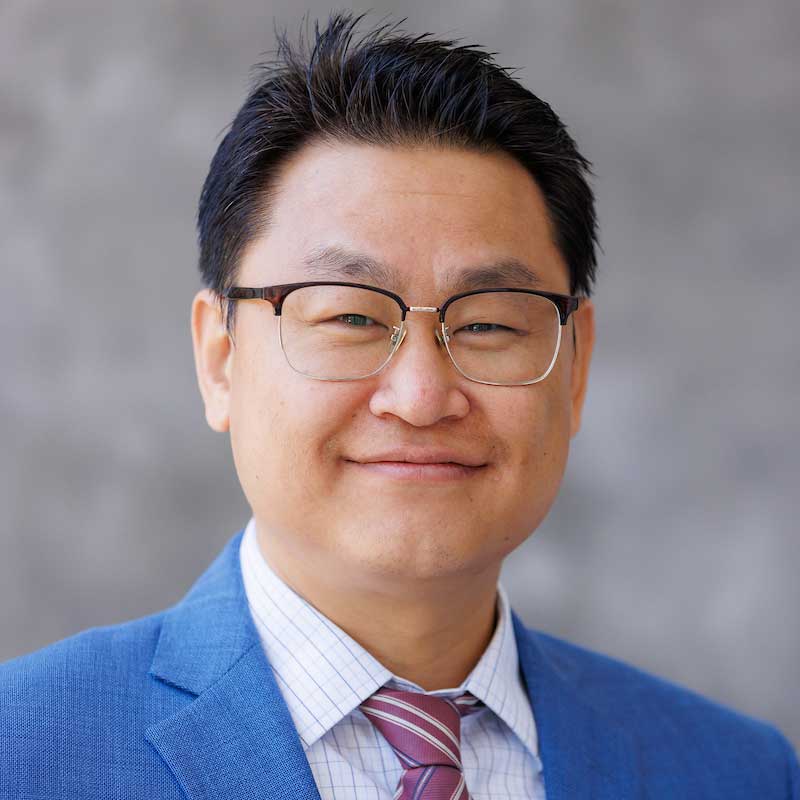
EDUCATION
| Degree | Area of Study | University |
|---|---|---|
| Postdoctoral Fellow | University of British Columbia Okanagan | |
| Ph.D. | Department of Applied Physiology and Kinesiology | University of Florida |
| B.S. | College of Information Technology | Soongsil University, Seoul, Republic of Korea |

AWARDS AND HONORS
| Year | Award |
|---|---|
| AGE-WELL-UBC Postdoctoral Fellowship in Technology and Aging Title: Imperceptible Vibration Effect on Sensorimotor Function in Older Adults with Diabetic Neuropathy |

AREAS OF EXPERTISE
motor control
focusing on the neuromuscular mechanisms underlying motor deficits caused by aging and disease (e.g., diabetes, neuropathy)
developing effective rehabilitation methods

INTERESTS
aging
diabetes
neuropathy
neuromuscular mechanisms
sensory restoration
strength training
dexterity
motor unit decomposition
force steadiness

CURRENT RESEARCH AND GRANT PROJECTS
- Improving motor function through sensory nerve rehabilitation in diabetic neuropathy patients
- Developing optimized exercise programs by analyzing the low exercise participation rates among older adults

HIGHLIGHTED PUBLICATIONS
Kim C, Larocque KA, Jakobi JM. The effect of acute muscle tendon vibration on motor unit activity in the contralateral, more-affected limb in Parkinson’s disease. Front. Aging Neurosci. 16:1301012. doi: 10.3389/fnagi.2024.1301012.
Haynes EMK, Kim C. Antagonist surface electromyogram decomposition and the case of the missing motor units. J Neurophysiol. 2021;126(6):1943-1947. doi:10.1152/jn.00435.2021.
Kim C, Yacoubi B, Christou EA. Visual load and variability of muscle activation: Effects on reactive driving of older adults. Human Movement Science. 2019 Feb;63:172-181. doi: 10.1016/j.humov.2018.11.018.

BIOGRAPHY
Dr. Changki Kim is an Assistant Professor in Exercise Science and serves as the Director of the Neuromuscular Physiology Lab for Healthy Aging.
His research aims to 1) understand the neuromuscular mechanisms underlying motor deficits caused by aging and neurological diseases, and 2) utilize this knowledge to develop novel rehabilitation protocols. His approach involves collecting and analyzing both movement data (e.g., single- and multi-joint force control, gait, balance) and physiological data (e.g., EMG) to derive insights for improving motor function and rehabilitation strategies.
